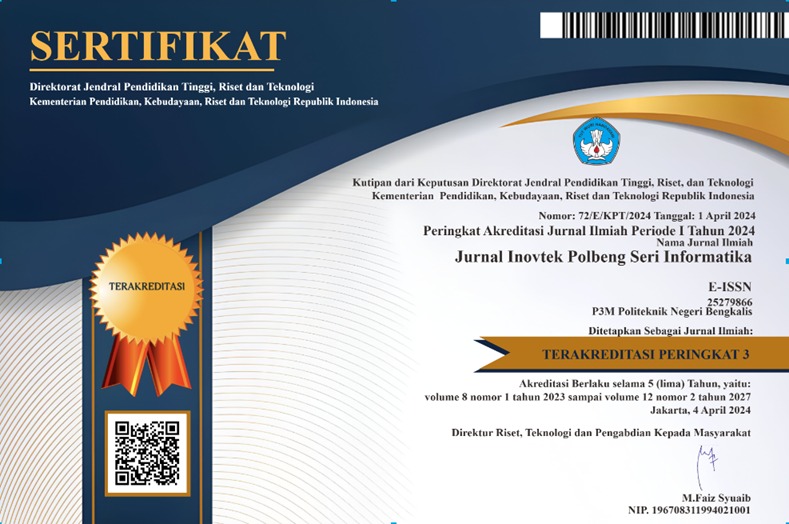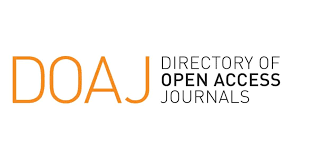Data Visualization using Tableau With K-Mean Clustering Method uor Identification Of Poor Areas in North Sumatera
DOI:
https://doi.org/10.35314/pqkbwx68Keywords:
Data Visualization, Tableau, Clustering, K-Means, PovertyAbstract
This study aims to identify and visualize poverty-prone areas in North Sumatra Province using a data mining approach with the K-Means clustering method. Unlike previous studies that often relied on a single indicator or lacked spatial visualization, this study integrates three key indicators: Poverty Rate (P0), Poverty Depth Index (P1), and Poverty Severity Index (P2), and utilizes Tableau software to present the results through interactive geo-mapping. Data were obtained from the Central Statistics Agency (BPS) of North Sumatra for the period 2018–2022. The clustering results indicate that North Nias and West Nias Regencies consistently fall into Cluster 3 with the highest poverty indicators, while Medan City, Deli Serdang, and Binjai are in Cluster 1 with the lowest indicators. Cluster quality evaluation using the Silhouette Score method shows that the P0 indicator yields the best cluster separation with a score of 0.71, followed by P1 at 0.50 and P2 at 0.40. These findings confirm that P0 is the most effective indicator for representing interregional poverty levels, while P1 and P2 serve as supporting variables. The resulting visualizations provide a comprehensive, data-driven overview that can serve as a strategic reference for policymakers in designing more targeted and effective poverty reduction programs.
Downloads
Downloads
Published
Issue
Section
License
Copyright (c) 2025 INOVTEK Polbeng - Seri Informatika

This work is licensed under a Creative Commons Attribution-NonCommercial-ShareAlike 4.0 International License.














